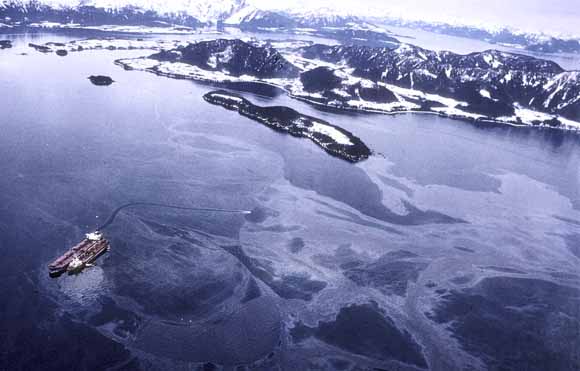In recent weeks, there has been a flurry of activity surrounding new transmission lines. With hearings and legislation in Washington, D.C. and multi-state transmission corridor projects on the drawing board, there are a lot of questions.
Are they needed? Can low-carbon generation be met otherwise? Is the project just an excuse to expand the reach of coal-fired power plants rather than supporting a clean energy project?
These are important questions, and last week the Sierra Club and 25 other environmental organizations laid out our vision for how to reform federal electric transmission policy to help promote a clean energy future in a letter to Carol Browner, assistant to President Barack Obama on energy and climate change issues.
Here’s the gist of it. Responsible planning of electrical transmission lines and transmission reform must be part of a comprehensive clean energy policy. Significant reforms in how electrical transmission lines in this country are planned, sited, built, and managed are needed.
Transmission policy reform must result in new lines that serve clean renewable resources rather than expand the carbon-intensive power generation. Coal currently accounts for more than 40 percent of U.S. greenhouse gas emissions and contributes to the continued deterioration of air quality in the country’s most vulnerable communities.
But electric transmission policy reform in advance of a comprehensive national climate policy can have the real but unintended effect of facilitating more, not less, greenhouse gas pollution. Already coal giants like American Electric Power and Allegheny Power have proposed “green” transmission lines that would go directly to and from coal-fired power plants, crossing Pennsylvania, West Virginia, Virginia, and Maryland, and helping to significantly expand coal generation. Similar projects are popping up across the western part of the United States as well as the coal industry takes advantage of the public’s desire for clean energy to further strengthen its hold on American electricity.
This is why we must ensure that transmission line plans are not automatically rebranded as “green” projects when it’s clear they only exacerbate pollution and greenhouse gases.
In many cases improving efficiency and better utilizing existing transmission infrastructure can make new transmission lines unnecessary. There are also many times when extensive lines are unnecessary because local renewable energy projects can distribute their power locally. And as we shutdown the existing coal fleet over the next two decades we can free up the existing transmission system for clean energy.
But we will still need some new transmission lines; and to ensure that new lines are designed, sited, built, and operated to serve clean renewable electric generation, we will need robust safeguards. Repowering the nation must also protect the wildlife and natural resources that help keep American communities healthy, safe, and prosperous. We should not blindly go forward with transmission plans without reviewing environmental impacts on the chosen sites, and we must provide the public with ample opportunities for meaningful involvement. Regional, state, and federal wildlife, lands, and resource agencies should be full partners in future transmission planning processes.
Meeting our country’s energy needs with clean renewable energy will require significant investments that must be undertaken immediately, but these investments must not exacerbate global warming emissions. Improving our country’s electrical transmission infrastructure should not be a way to continue our reliance on dirty power sources such as coal, but an investment in a different, cleaner future. New projects, if need is demonstrated and we have exhausted all other options, should go to truly clean, renewable energy sites, not coal fronts.


